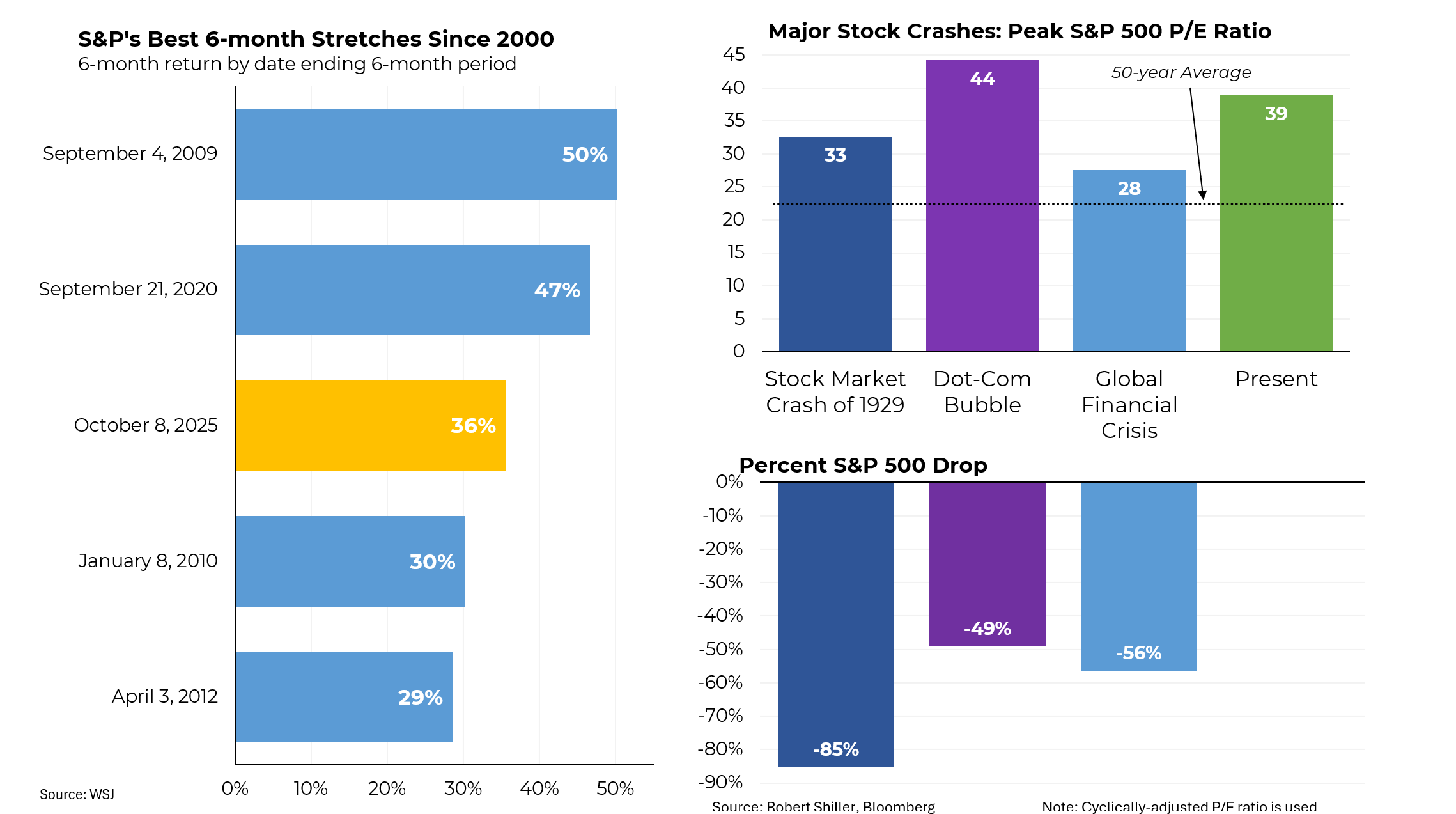Originally published in the Financial Times
Falling sales. Too many factories producing too many cars at excessive cost. Mounting losses at manufacturers. An urgent need for action. That’s what my colleagues and I found when we took up our posts as members of President Barack Obama’s auto taskforce and that is what confronts European carmakers today – except without a taskforce or a central government to ram through the needed changes.
Battered by the European sovereign debt crisis and recession in countries from Italy to Britain, car sales within the EU are on track for a fifth consecutive year of decline. Yet, notwithstanding increasingly shrill cries of distress from industry executives, absolutely nothing of consequence has been done to staunch the bleeding.
Meanwhile, the restructuring of the American motor industry – admittedly helped by stronger economic conditions and recovering sales – has resulted in profits at every carmaker and expanding employment.
That stark difference in health results not just from weaker economic conditions in Europe but, perhaps more significantly, from the region’s stultifying structural problems. Most importantly, the lack of a sufficiently robust central governing authority makes establishing anything that even faintly resembles Mr Obama’s auto taskforce unimaginable.
And so, with unemployment high, the laser focus of every European country is on trying to protect its own jobs. That hit home for me during my service on the taskforce as we tried to help General Motors curb its European losses by closing unneeded factories. Quickly, we found ourselves receiving regular visits from European ambassadors and government officials entreating us to please spare their country.
Other structural problems create equally great challenges, particularly the rigidities around the labour markets of “old Europe” that prevent companies from driving costs down, as they are able to do in the more flexible US.
That has been vividly on display in Italy, where Sergio Marchionne, the chief executive of both Fiat and Chrysler, has tangled repeatedly with political leaders as he tries to overcome powerful union interests. Among Mr Marchionne’s favourite statistics: in 2009, Fiat’s five biggest assembly plants in Italy produced 650,000 cars using 22,000 workers. That same year, a single Fiat plant in Tychy, Poland, produced 600,000 cars with 6,100 workers each earning about a third of their Italian counterparts.
As a result, Fiat’s Italian assembly plants operate at less than 40 per cent of capacity, far below the rest of Europe. Other carmakers have allocated production to the most efficient countries. When it comes to rigidities, Italy may be the poster child but it is hardly alone. When Peugeot tried to close a factory in France and eliminate 6,500 jobs, President François Hollande said simply that the plan “will not be accepted”.
By contrast, Britain’s car sector has fared well, in large part because of its more flexible economy. Its plants are operating at more than 90 per cent of capacity, slightly higher than even in the US.
That’s particularly striking for me. In 1981, as a young journalist in the London bureau of The New York Times, I wrote about two identical Ford plants, one in Germany and one in Britain. In those early Thatcher years, the British plant was half as productive as the German plant (40 hours of labour per car versus 21 hours in Germany). Britain has come a long way.
To be sure, Europe’s leaders are hardly unaware of the car industry’s dire straits and have tried to address them. But instead of spending billions of euros on fundamental restructuring, the programmes focused on a “cash for clunkers” scheme and on subsidising wages to preserve jobs.
Europe needs to bite the bullet and accept the reality of a smaller – and stronger – car industry. As was the case in the US, only through amputation can the patient be saved.
According to AlixPartners, about 30 of the 98 assembly plants in Europe are operating below 70 per cent of capacity, most of them belonging to middle-market manufacturers such as Fiat and Opel. By contrast, manufacturers of luxury brands such as Mercedes and BMW have escaped much of the carnage because export demand remains robust.
High-cost plants must be closed, regardless of where they are, and greater labour flexibility needs to be afforded for the rest. By some estimates, eliminating one redundant car worker in Europe can, absurdly, cost as much as €200,000. By closing plants, utilisation rates at those remaining will rise, making them profitable and, importantly, reducing the excess supply of cars that has led to rampant discounting and still more pressure on profits.
The US economic model is not always right for other countries but in this case Europe would do well to study the restructuring of the US auto sector and adopt its principles.





